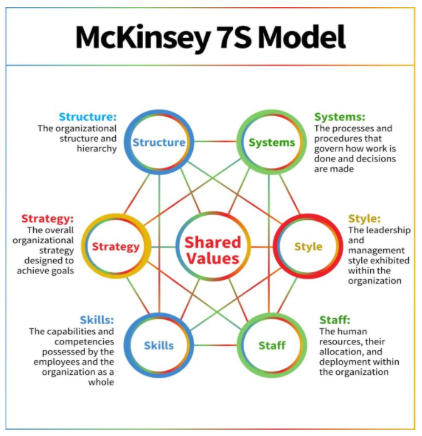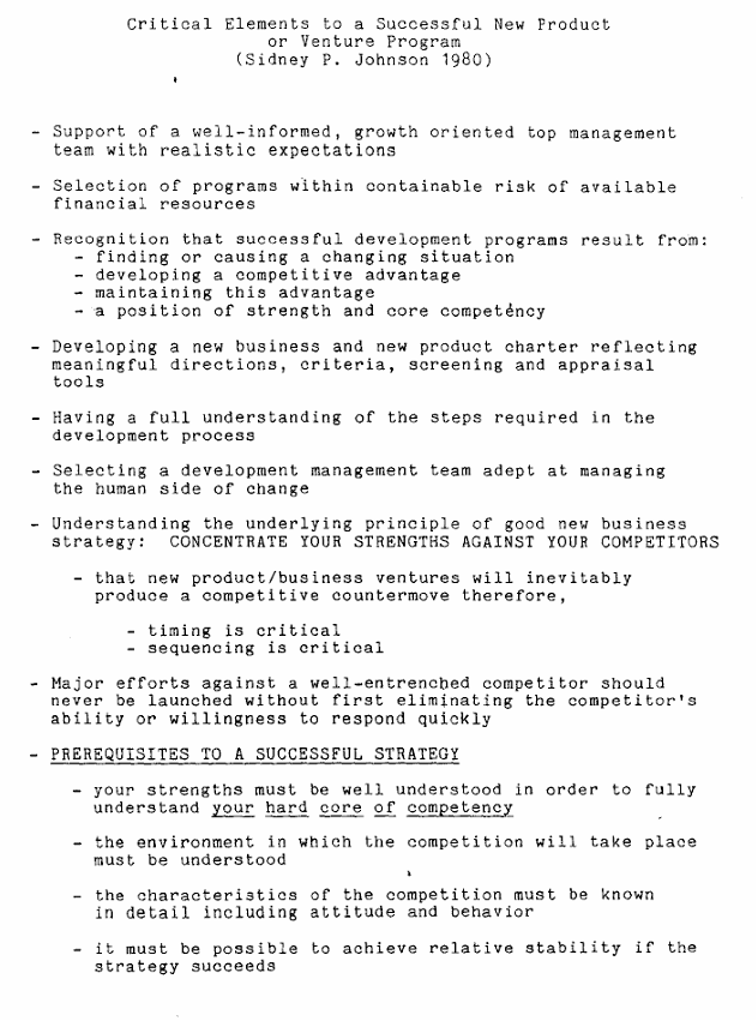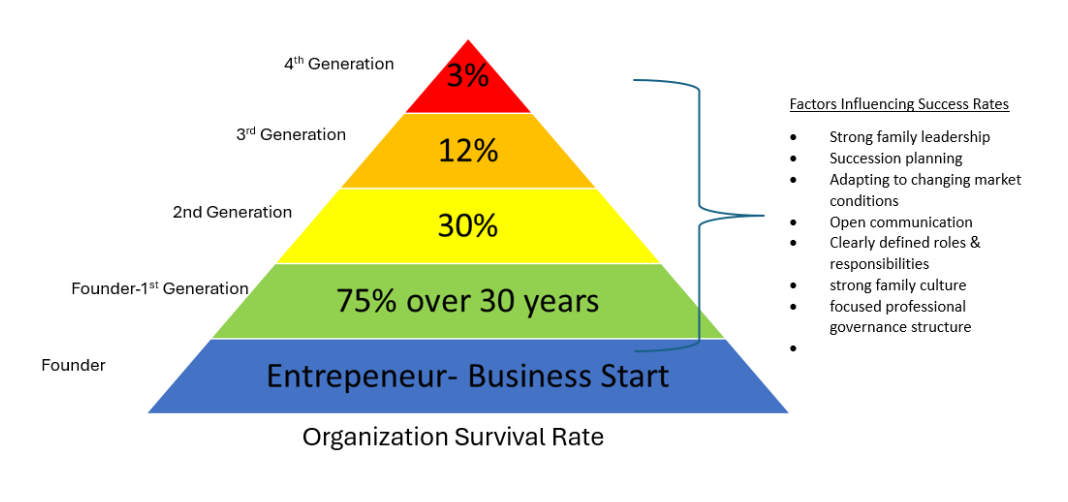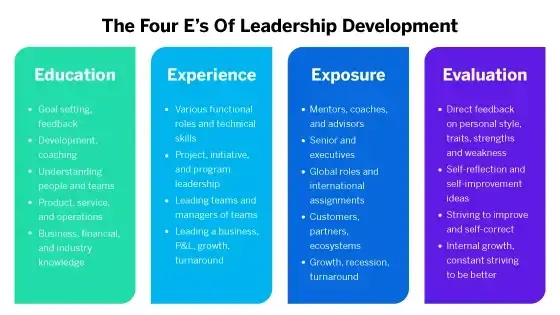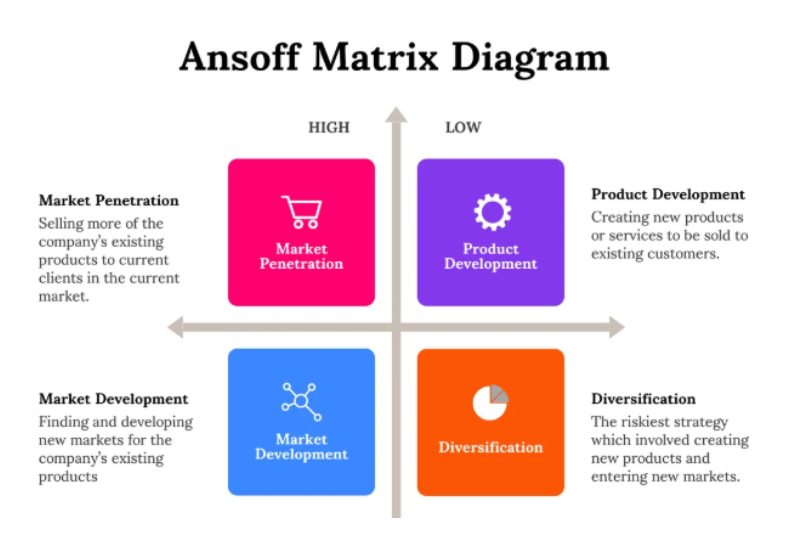Successful strategic planning starts by answering three fundamental questions:
1️⃣ Where are we? – Assessing the current state of the organization, including strengths, weaknesses, opportunities, and challenges.
2️⃣ Where do we want to go? – Defining the dream or future vision that guides long-term growth and success.
3️⃣ How do we get there? – Developing a clear implementation plan that outlines actionable steps to bridge the gap between today’s reality and tomorrow’s vision.
This framework helps organizations align their strategy, focus their efforts, and create a roadmap for sustainable success. By addressing these questions, leaders can make informed decisions and drive meaningful change.

